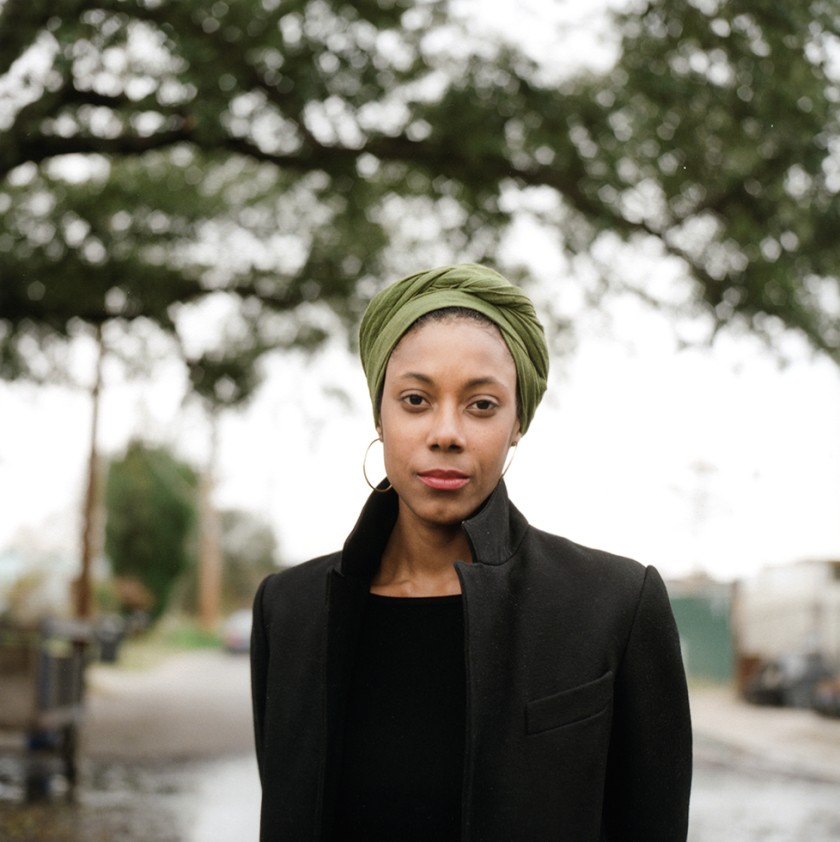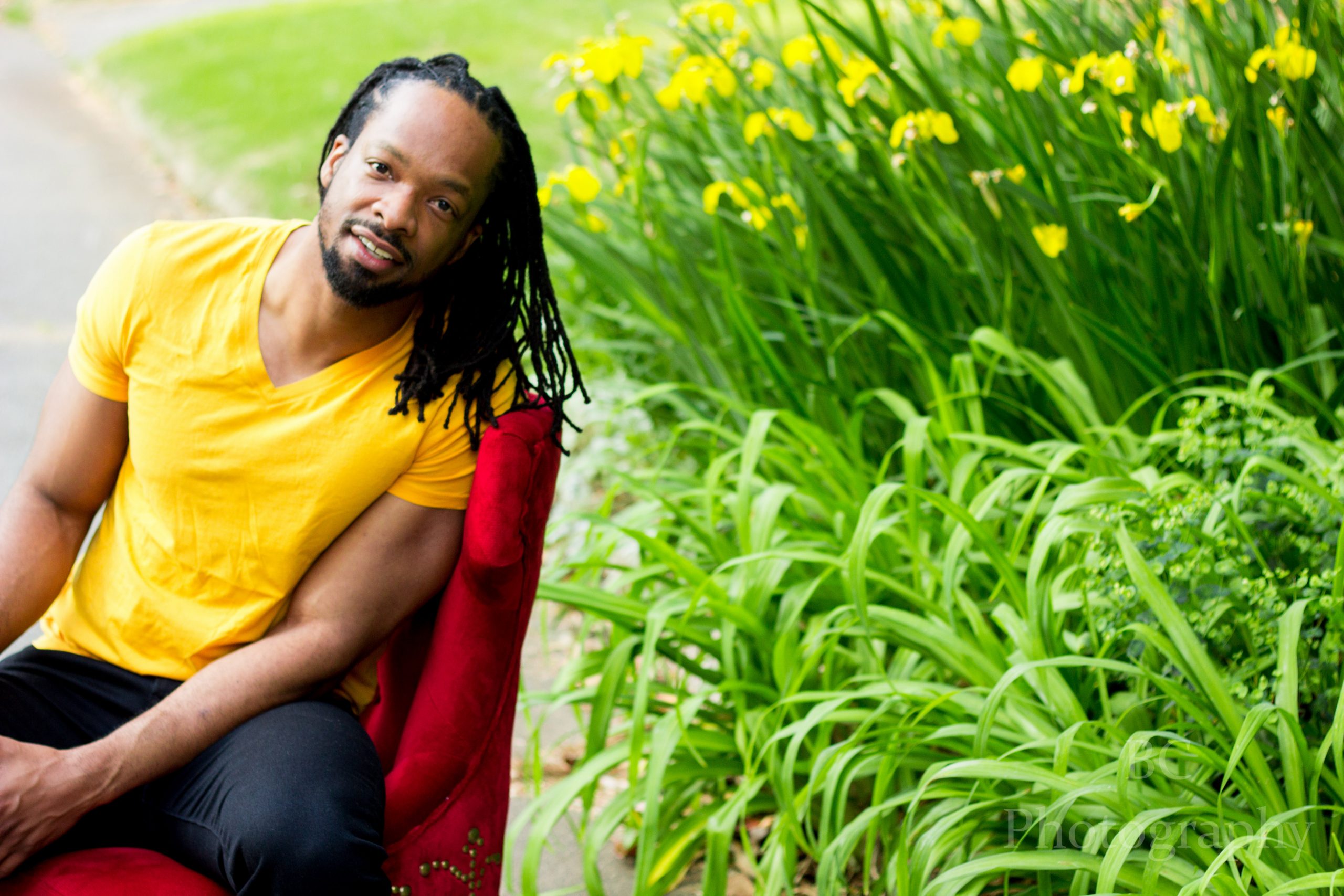The typical story set in New Orleans begins and ends somewhere in the French Quarter, but Sarah M. Broom’s meaty new memoir “The Yellow House” stretches our attention seven miles east, to the neighborhood where she and thousands of others live beyond the glitz of the city’s most famous district.
Broken into four movements spanning nearly a century, “The Yellow House” is the story of connection, longing and migration. Who belongs to a city, Broom asks over 300 pages. Whose stories are worth capturing and telling?
She begins her family’s story with the title dwelling. The house sat for 50 years in New Orleans East, more than 40,000 acres developed in the 1950s. It was built on what was “largely cypress swamp, its ground too soft to support trees or the weight of three humans,” Broom writes. Still, NASA’s massive Michoud Assembly Facility went up in 1940, anchoring the idea of a vibrant community to young families.
These promises lured in Ivory Mae Broom, Sarah’s mother. Widowed at 19, a mother of two, she used $3,200 from the life insurance payout to purchase a small green house on Wilson Avenue in 1961. Over the next five decades, the household would swell to hold twelve children. Sarah is the youngest — her eldest sibling, Simon Jr, is thirty years her senior.
Broom, 39, captures the life of her family with vigor. Her storytelling is most vivid when she writes about her father Simon Broom, Ivory Mae’s second husband. He died when Sarah was just six months old, collapsing in the bathroom. But his presence looms large as the writer relies on interviews with her mother and various siblings to paint a portrait of a man she never knew.
“My father is six pictures,” she writes. “These photos can be shuffled around, pinned up on my wall in various configurations, held up high in the palm of my hand, and then dropped to the ground and still they are only six pictures.”
But the Yellow House (which got its nickname when Ivory Mae purchased yellow siding in the 1990s) was never quite the oasis the Brooms were seeking. The place somehow bogged down into a perpetual state of disrepair. Simon built a poorly constructed and incomplete addition to the back of the house, the walls exposed and the bathroom unfinished. The family took to “carrying boiled water through the house and to the bath in our red beans and rice pot.” 
The house, as Sarah writes, became more of a shackle for her mother, trying to manage its upkeep while simultaneously raising 12 children on a nurse’s aide’s salary. Her refrain was “You know this house not all that comfortable for other people” whenever one of the children wanted to invite a friend home. Non-relatives rarely crossed the threshold during Sarah’s childhood.
The Katrina section, simply titled “Water,” is gut-wrenching. Most of the Brooms were safely out of harm’s way when the hurricane hit in August 2005, but two of her siblings, Carl and Michael, didn’t make it out of New Orleans East before the onslaught. Carl rode out the storm at his home, while Michael hunkered down at a girlfriend’s apartment.
“You thinking that’s mannequins floating by you, but when you get by it that body smell so bad, it then swoll up big,” Carl told his sister. “Man that ain’t no mannequin, that’s a dead body.”
The water knocked the Yellow House off its foundations and the city later abruptly bulldozed it, ending a chapter of the Broom history for good.
Post-Katrina, the memoirist takes a job in Mayor Ray Nagin’s office, lasting only six months as a speechwriter before burning out. “More and more I began to feel that I was on the wrong side of the fence,” Broom writes, “selling a recovery that wasn’t exactly happening for real people.”
Broom is a master at the minutiae, conjuring a neighborhood hovering below its potential, neglected by the powers that be. The house itself is so carefully depicted you can see the hand-sewn curtains and the frayed edges of the kitchen linoleum.
For all its attention to detail, “The Yellow House” is slow to ignite. Broom lingers in her mother’s and grandmother’s childhood too long, giving too many peripheral characters space that feels unearned. With such a wide family tree – Broom currently has 50 nieces and nephews – it’s impossible to flesh out each relative. Still, she brings to life those she knows best.
The memoir does balance personal narrative and journalistic inquiry, with Broom centering the city of New Orleans at every turn. The streets, the homes, the neighbors all feel grounded in time.
Her story, and the larger story of the Broom clan, is worth finding, well off the beaten path.



